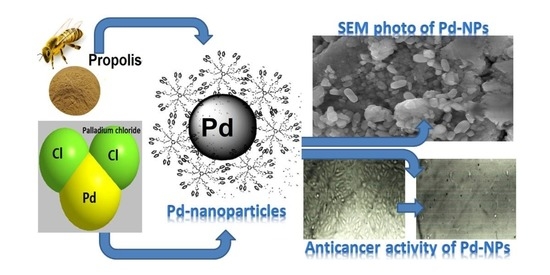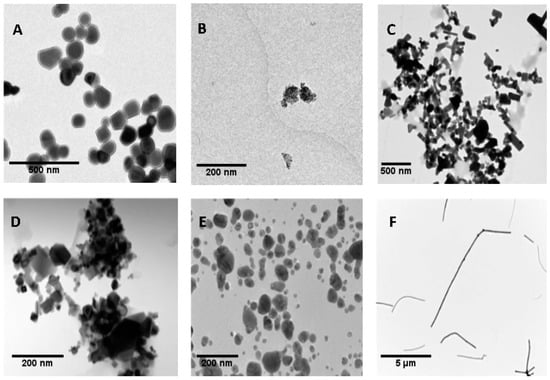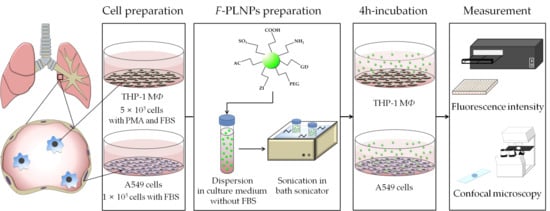Toxicity of Nanoparticles in the Lung: Environmental and Medical Aspects (Closed)
A topical collection in Nanomaterials (ISSN 2079-4991). This collection belongs to the section "Biology and Medicines".
Viewed by 14570Editor
Interests: physiologically relevant culture models; automated microscopes for cell monitoring; life cell imaging; biological assessment of nano and microparticles
Special Issues, Collections and Topics in MDPI journals
Topical Collection Information
Dear Colleagues,
With the broad use of nanoparticles in many products, accumulation in the environment and increased exposure of humans may occur. Adverse effects of non-intentionally inhaled nanoparticles in humans may be caused by environmental exposure, at the workplace, and by exposure to medical products. The biocompatibility of nanoparticles has been intensely studied in vitro and in vivo over the last decade, and the role of the respiratory system as the most permeable and vulnerable portal of entry was confirmed. Nevertheless, action on the immune system, effects on repeated exposure, organ-specificity, etc., are not well known. Translation of experimental data to estimation of human risk is complicated by a lack of representative models and exposure conditions, inter-individual differences in exposure levels and in predisposing biological factors.
In addition to unintended toxicity, nanoparticles can be used to increase the efficacy of cytostatic drugs, mainly for the treatment of lung cancer. Better encapsulation of poorly-soluble drugs, delivery of small molecules, and enhanced permeability and retention effect increase anticancer action.
Similar nanoparticle properties, such as cellular accumulation, decreased clearance, and modulation of immune effects, are linked to undesired effects in the lung; however, the same effects that cause the undesired effects of environmental nanoparticles in the lung are exploited to increase efficacy of nanoparticles in medical treatments.
This Topical Collection will be dedicated to reactions of nanoparticles in the respiratory system. Toxic reactions to air-borne particles and medical particles as well as differences in reactions of the respiratory system compared to other organs are of interest. We welcome the submission of comprehensive/mini reviews, original research articles, and communications.
Prof. Dr. Eleonore Fröhlich
Guest Editor
Manuscript Submission Information
Manuscripts should be submitted online at www.mdpi.com by registering and logging in to this website. Once you are registered, click here to go to the submission form. Manuscripts can be submitted until the deadline. All submissions that pass pre-check are peer-reviewed. Accepted papers will be published continuously in the journal (as soon as accepted) and will be listed together on the collection website. Research articles, review articles as well as short communications are invited. For planned papers, a title and short abstract (about 100 words) can be sent to the Editorial Office for announcement on this website.
Submitted manuscripts should not have been published previously, nor be under consideration for publication elsewhere (except conference proceedings papers). All manuscripts are thoroughly refereed through a single-blind peer-review process. A guide for authors and other relevant information for submission of manuscripts is available on the Instructions for Authors page. Nanomaterials is an international peer-reviewed open access semimonthly journal published by MDPI.
Please visit the Instructions for Authors page before submitting a manuscript. The Article Processing Charge (APC) for publication in this open access journal is 2900 CHF (Swiss Francs). Submitted papers should be well formatted and use good English. Authors may use MDPI's English editing service prior to publication or during author revisions.
Keywords
- Environmental nanoparticles
- Engineered nanoparticles
- In-vitro models
- Chronic effects
- In silico modeling
- Nano-based formulations
- Mechanisms of nanotoxicity
- Lung cancer treatment
- Inhalation treatment









